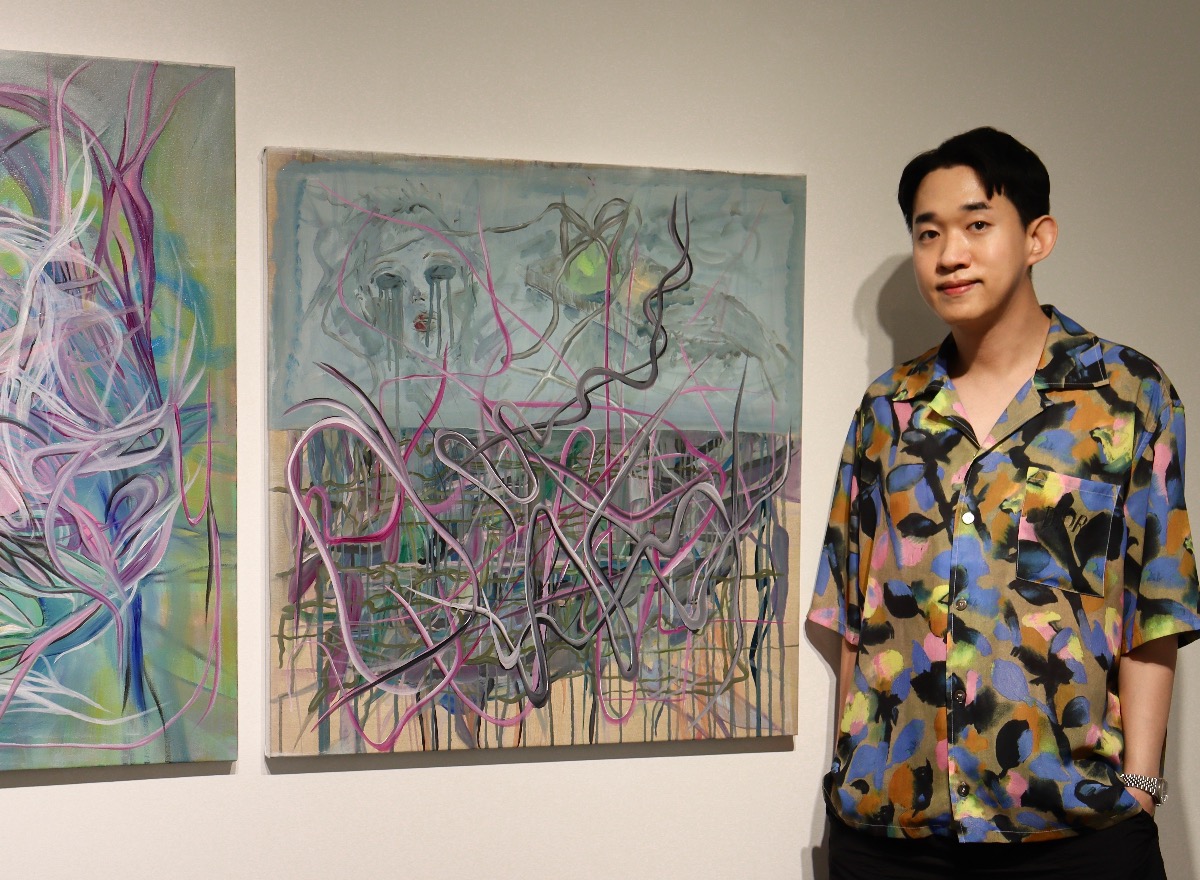
What Contemporary Baltic Artists Are Doing in South Korea
Ugnė Bužinskaitė
A Conversation with Korean curator Taeho Choi about Baltic and South Korean Art Collaboration
In recent years, the names of contemporary artists from Lithuania and the Baltic states have increasingly appeared in South Korean media. Few people know that a significant contributor to the dissemination of Baltic contemporary art in this distant country is Taeho Choi, a curator and the art director of a private foundation in Seoul. We discuss with Taeho Choi the uniqueness of the dynamic South Korean art market, what attracts Lithuanians and Latvians to it, and how these two distinct cultural fields influence each other.
Can you introduce yourself to our readers?
I studied art business and curatorial theory. I am a curator and cultural critic from South Korea, based in Seoul. Breaking away from the trend-oriented art world, I’m interested in multinational artists and introduce art from various countries to Korea. I curated exhibitions at Maison Baccarat Korea and the Seoul Art Center.
Link to Creation. Bang Ui Geol. Seoul Art Center 2023.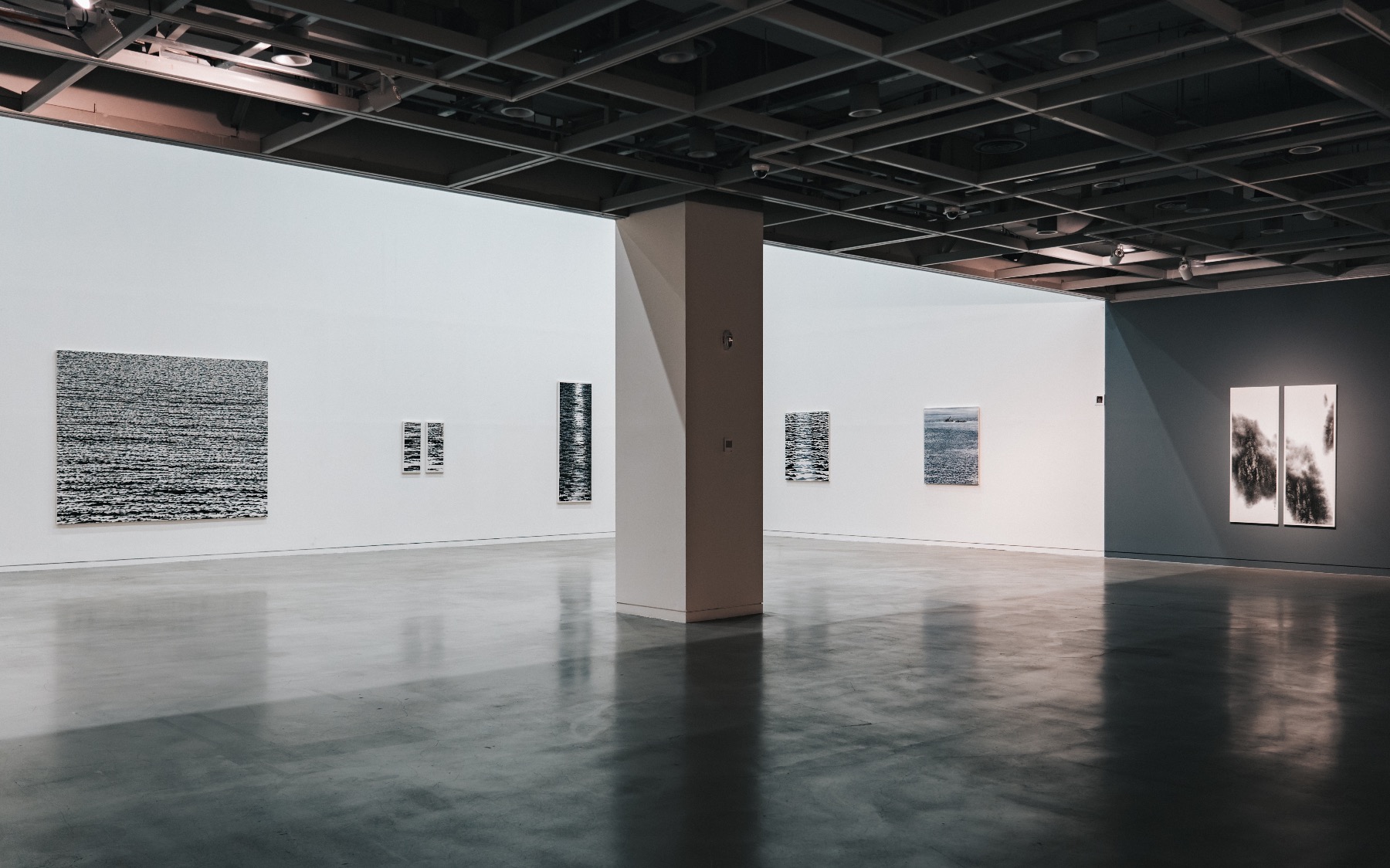

Since 2021, I have been working as the first art director of the Sun Blanket Foundation in Seoul, continually introducing Baltic artists to the Korean art circle and collaborating with embassies and institutes. My projects are being promoted as diplomatic initiatives between Korea and other countries.
I am interested in developing Korean arts at the international level by supporting international arts and cultural exchanges in the private sector, including co-creation/production, research, and inviting artists and arts professionals from abroad. I aim to support diverse opportunities for international exchanges by developing creative platforms in overseas countries, such as exhibitions and festivals, to provide exposure for individual artists. I pursue international exchange projects with a new approach to prepare for the 'New Normal Era' in culture and arts. Additionally, I contribute monthly articles on art to an art magazine.
Sunblanket Foundation. Solo Exhibition: Artist U Jeong Seo.
Currently, there is an exhibition by Lithuanian artist Aurelija Bulaukaite at the Sun Blanket Foundation in Seoul. This isn't the first time Lithuanian art has been presented here. Could you share how your connection with Lithuanian art began and what drew your attention to Lithuanian and Baltic art?
I am a researcher with a keen interest in emerging artists in the global art circle. The reason I decided to introduce unfamiliar Baltic artists to Korea is that the global art world is increasingly paying attention to multinational artists rather than following trends. I believe the art world will focus more on geographic elements in the future, as we see the emergence of artists from South America, Southeast Asia, and Eastern Europe. As a curator, from a macroscopic point of view, I am interested in how artists will grow and evolve, and I would like to introduce new art from various countries to Korea.
Despite their different national backgrounds, Lithuania and South Korea share a history of declaring independence around World War I, with a 50-year gap in establishing their nation-states. The upheavals experienced under Soviet and Japanese rule, respectively, have influenced their art movements, as evident in the works of various artists. I have been researching and archiving artists from the Baltics in South Korea and have recently been exploring contemporary art scenes in Southeast Asia, particularly in Thailand, focusing on video and interdisciplinary media artists.
Curatorial Research at ISSP in Riga, Latvia. 2023.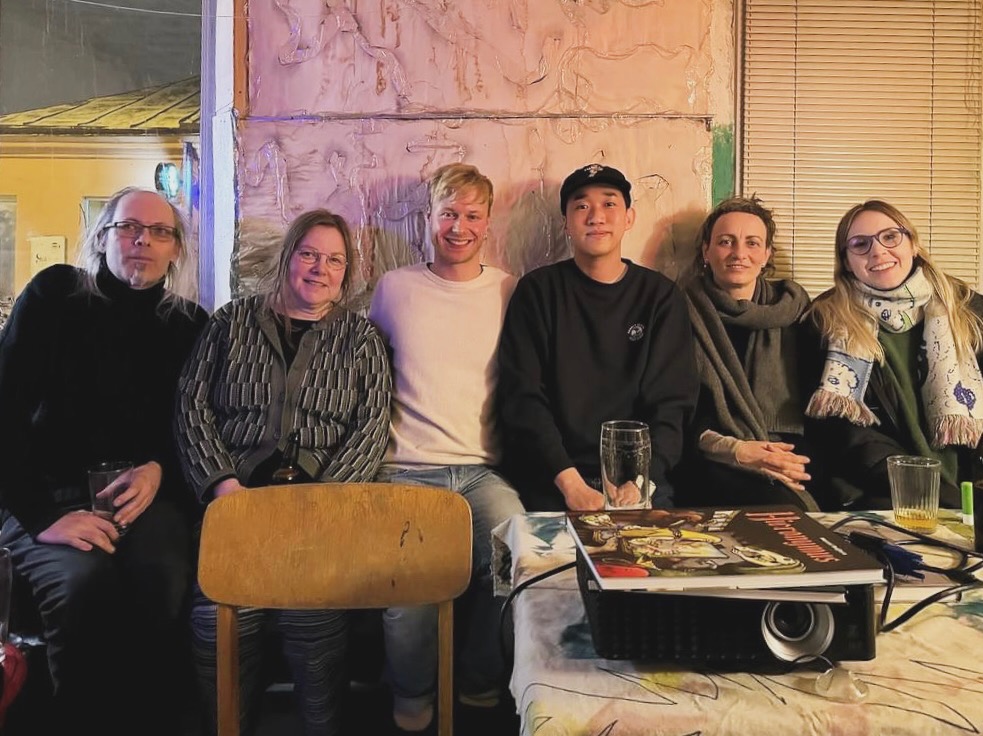
Curatorial research at Cite International Des Arts in Paris. 2023.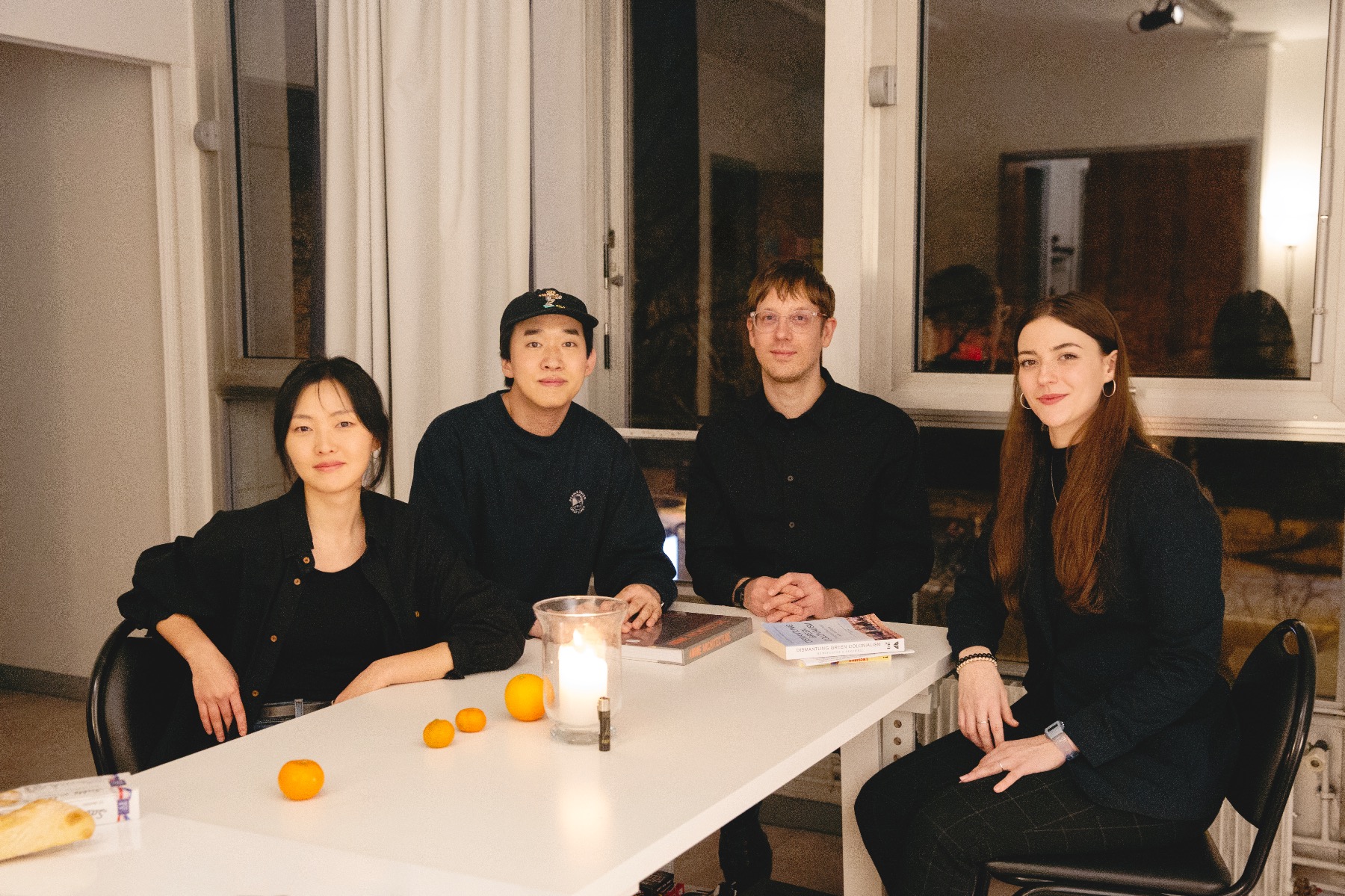
There have also been collaborations with the Lithuanian private art foundation, Noewe Foundation. How important do you think it is for private collections and foundations to cooperate in the art world?
During my master's program, I first visited Lithuania through an internship with the Noewe Foundation, where I was deeply impressed by the passion of contemporary artists in Lithuania. Established in the late 1970s, the Baltic Triennial has evolved into a dynamic international event hosted by the Contemporary Art Centre (CAC), the largest art institution along the Baltic Sea coast. Although it has now ceased, the emergence of the Riga Biennial in 2016 and Lithuania's Pavilion winning the Golden Lion at the 58th Venice Biennale in 2019 have captured global attention within the art community worldwide.
Currently, Baltic contemporary art is undergoing discursive development. However, I believe that new generations of artists are moving beyond regional art forms that reflect "Baltic identity" to explore reflections on modern society, themes like natural ecology, and social justice, which are universal in contemporary discourse. I am deeply grateful to the Noewe Foundation and the Lithuanian Embassy in South Korea for their dedicated efforts in continuously promoting Baltic art in Korea. I am truly touched by their committed endeavors to raise awareness of their regional art scene.
Exchange with private art foundations is crucial. I believe that collaborations in new fields, where the decision-makers and decision-making processes are too complex for state institutions to handle alone, are possible through art. Therefore, I consider the partnership with the Noewe Foundation to be an invaluable asset above all else.
Noewe Foundation Collection Exhibition View. 2022.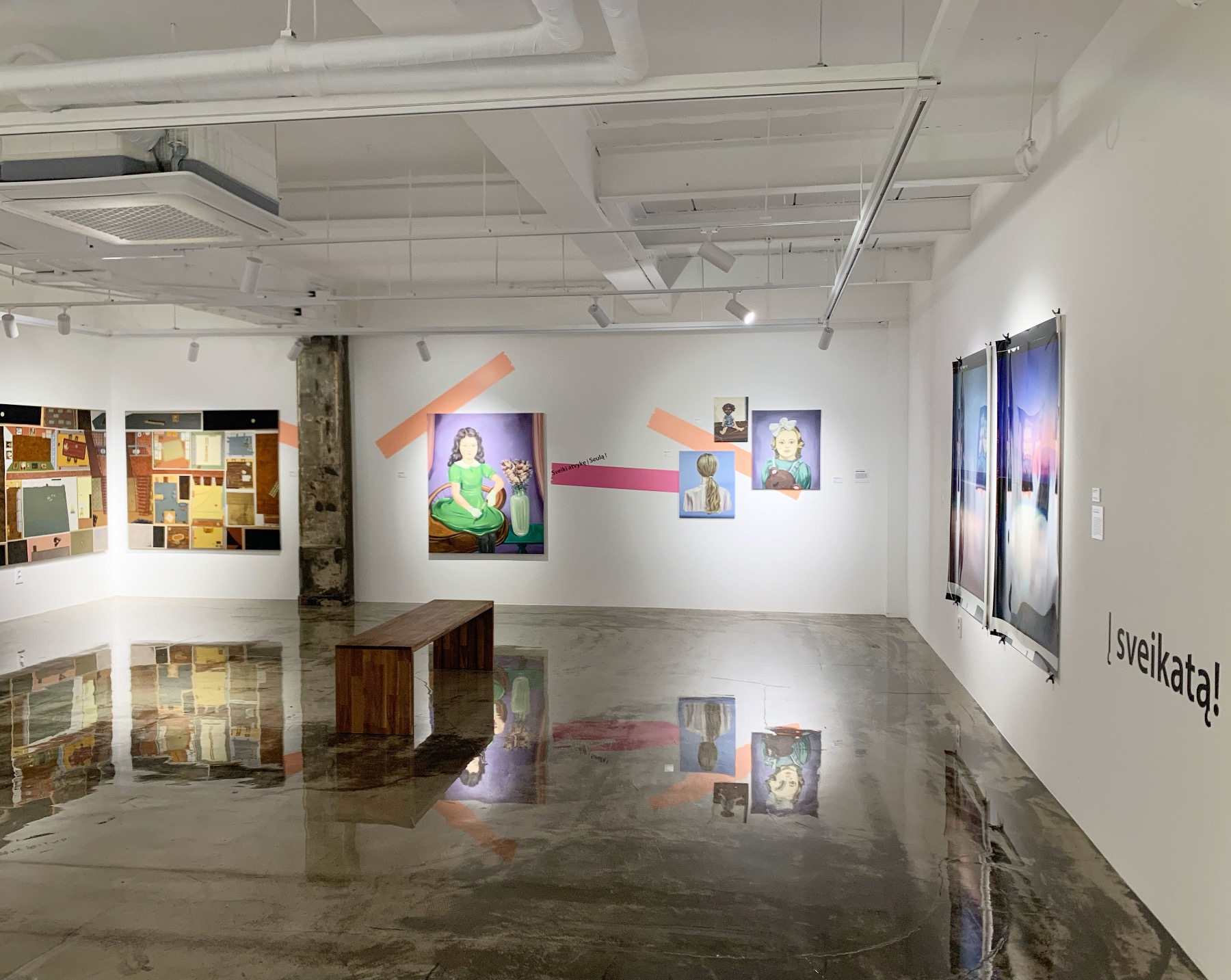
How receptive is the South Korean art market, including dealers and curators, to Lithuanian and Baltic art? What challenges and opportunities do you see in this area?
From the perspective of the Korean art market, I find Baltic contemporary art to be very fresh and appealing. Many collectors and curators in Seoul have a strong interest in the two-dimensional paintings of the Baltic States. I think it has significant potential, but it is not yet familiar to Asian collectors. More research is needed before proactive investments can be made in the Korean market.
Painting, theoretically the most flexible form within the realm of art not constrained by action, is also the most deeply rooted form of record in art history. Among various genres of art, I believe flat painting best combines fantasy and reality, reflecting and expressing emotions most effectively.
Looking at the contemporary Korean art scene, which remains highly sensitive to trends, I am reminded of the essence of art through flat painting. Personally, compared to Korea's contemporary art that integrates cutting-edge technology and innovations, I think Baltic art maintains and develops more of the essence and tradition of art.
However, the current Korean art market is overly heated and fiercely competitive. Korea's residential environment differs from Europe's, and many collectors prefer small flat paintings that can be displayed in their homes. I propose that artists who use various media, such as installations or videos, consider creating collectible flat paintings that individuals can own from a market perspective. Understanding Korean collectors and culture accurately is crucial for the survival of the art world in Korea's commercial market.
Ieva Trinkunaite. Solo exhibition. 2021.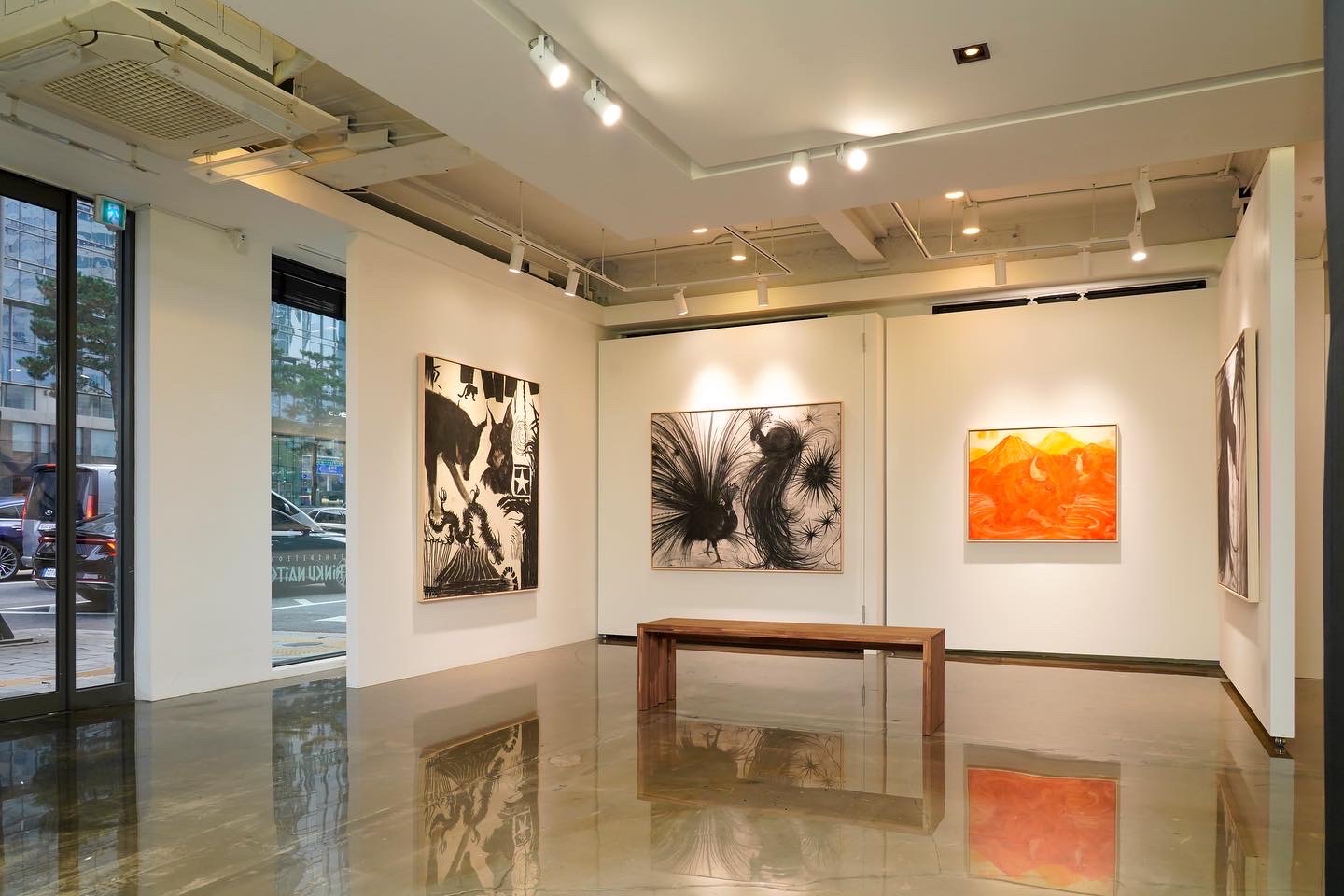
In what ways does the South Korean art market differ from those in Western countries? Are there any unique characteristics or trends that stand out?
The emergence of modern art galleries in Korea began in the 1970s, a period buoyed by the economic growth of the country. The economic benefits of the 1970s enabled the formation of the art market system in Korea. Since then, as of 2023, there are approximately 895 galleries operating in Korea. Despite emerging relatively late compared to the West, these galleries have experienced remarkable growth in a relatively short period, significantly influencing Korean art and cultural interests. They have contributed to the spread of interest and hobbies in cultural arts and raised awareness about the investment value of artworks, attracting many people to the art market.
Following the COVID-19 pandemic, released liquidity has flowed into the art market, sustaining a robust boom in the Korean art market. Events such as the arrival of the Frieze Art Fair in Seoul and the expansion of mega galleries from around the world into Korea highlight a heightened global interest in Korean art.
While there is a rapid influx and explosive growth of Gen Z collectors into the market, there is also criticism regarding the severe concentration of trading in a handful of famous artists' works in the secondary market. Some argue that the growth of the Korean art market is primarily quantitative rather than qualitative.
Given the relatively short history of Korea's art market, it is still in a developmental phase. To foster qualitative growth, there needs to be an increase in galleries that provoke critical discussions about the value of artworks. Moreover, collectors need to cultivate a discerning eye and sensibility. This approach, I believe, will contribute to the qualitative development of the market.
South Korea has become a hub for contemporary art events, including major exhibitions, biennials, and the recent opening of the Frieze Art Fair in Seoul. Would you say that Korea is becoming the new hotspot for contemporary art in Asia?
The second edition of the 2023 Frieze Seoul Fair was personally as spectacular as Art Basel in Hong Kong, if not more so. Luxury brands and galleries popped champagne before and after the fair period, and the sight of global celebrities in the global art circle flying in on chartered planes to enjoy artworks was a spectacle unseen in Korea before.
Whether Korea will develop into Asia's art hub remains to be seen, but there is a need to approach the art market from an industrial perspective that focuses on the potential added value to the economy, such as economic growth and job creation. Supplementing this perspective could sufficiently develop Seoul into Asia's art capital. Furthermore, there is a need to foster and strengthen international art professionals in the field. There is a relative shortage of international professionals who can introduce competitive artists to the global market.
In the art world and beyond, many view the next few years as a crucial period to determine whether the Korean art market will leap onto the global stage or remain a peripheral small market.
How do you see the role of Hong Kong in the contemporary art scene, especially in light of recent political changes? Is it becoming more politically engaged through its art?
While recent political changes have presented obstacles, they have also spurred a heightened political engagement within Hong Kong's art scene. Artists are playing a crucial role in expressing and documenting the societal shifts and challenges faced by the city, making their voices heard through their artistic endeavors.
In Hong Kong's art scene, there is an argument that recent political changes can provide artists with new inspiration and opportunities for expression. Political repression and resistance can be reflected in art, promoting social dialogue through diverse perspectives and experiences. Art often provides a pathway for people to directly experience and empathize with complex social issues that may be difficult to understand otherwise.
Given your increasing involvement with Lithuanian and Baltic art, do you have plans to further promote these artists in South Korea? What future projects or exhibitions can we look forward to?
For over two years, I have been working with the Lithuanian Embassy and Culture institute to invite 'Sun & Sea' to Korea, but ultimately, it fell through. However, I will not give up. Personally, I hope for an opportunity to collaborate with Pakui Hardware, the artist group representing Lithuania at this year's Venice Biennale, in Seoul. I first discovered them when I visited the Baltic Triennial in 2018 and was impressed by their ability to visually embody concepts and messages.One of the most meaningful and enjoyable experiences during curatorial job for me is visiting artists' studios.
Visiting Augustas Serapinas's studio left a fairy-tale-like memory. Augustas warmly welcomed me, handing me rugged rubber boots, and invited me into his secretive space by the Vilnius stream in the river. His work, characterized by its site-specific nature, was deeply impressive. The experience of stepping into a studio located in a drainpipe was truly memorable and gave me a profound insight into the artist's world. I hope for an opportunity to invite artists like Augustas to exhibit their work in Korea as well.
Looking ahead, do you have any plans to curate and exhibit Korean contemporary art in Lithuania? What potential do you see for cultural exchange between our two countries?
As the Noewe Foundation's art museum is being established, we are currently in the planning stages to collaborate with Ugne Buzinskaite, the foundation's director, to organize an exhibition in Vilnius that explores contemporary Korean art. Although still in the planning phase, we have expressed our intention to involve top Korean artists and experts in this endeavor.
The Sun Blanket Foundation has been pivotal in showcasing international art. Could you share some of your most memorable experiences or exhibitions that have taken place under your direction?
Following the 59th Venice Biennale and Narkus' return show in Lithuania, I planned his solo exhibition in Korea, specially organized as a satellite exhibition, was a thrilling experience.
It was a sudden plan with a very small budget, but I am grateful to Robertas Narkus and the officials at National Museum of Modern and Contemporary art in Korea who willingly cooperated. As a fan of Narkus and appreciating him as both a person and an artist, I am confident that there will be another opportunity to work together under even better conditions.
And Last year, I remember collaborating with Lebanese artist Omar Mismar for a group exhibition I organized, and this year he is gaining significant attention for his participation in the main exhibition at the Venice Biennale. Omar Mismar explores the complex relationship between art and politics in contemporary society through the aesthetic potential found in situations of human disasters or social crises such as bombings or refugee crises. Through his work, he investigates the effectiveness of art and the intricate connections between art and politics in our time. His work provided me with an opportunity to reflect on how privileged and comfortable my own environment is, amidst the challenges he addresses.
Robertas Narkus Solo Exhibition Opening with Lithuania embassy in Seoul.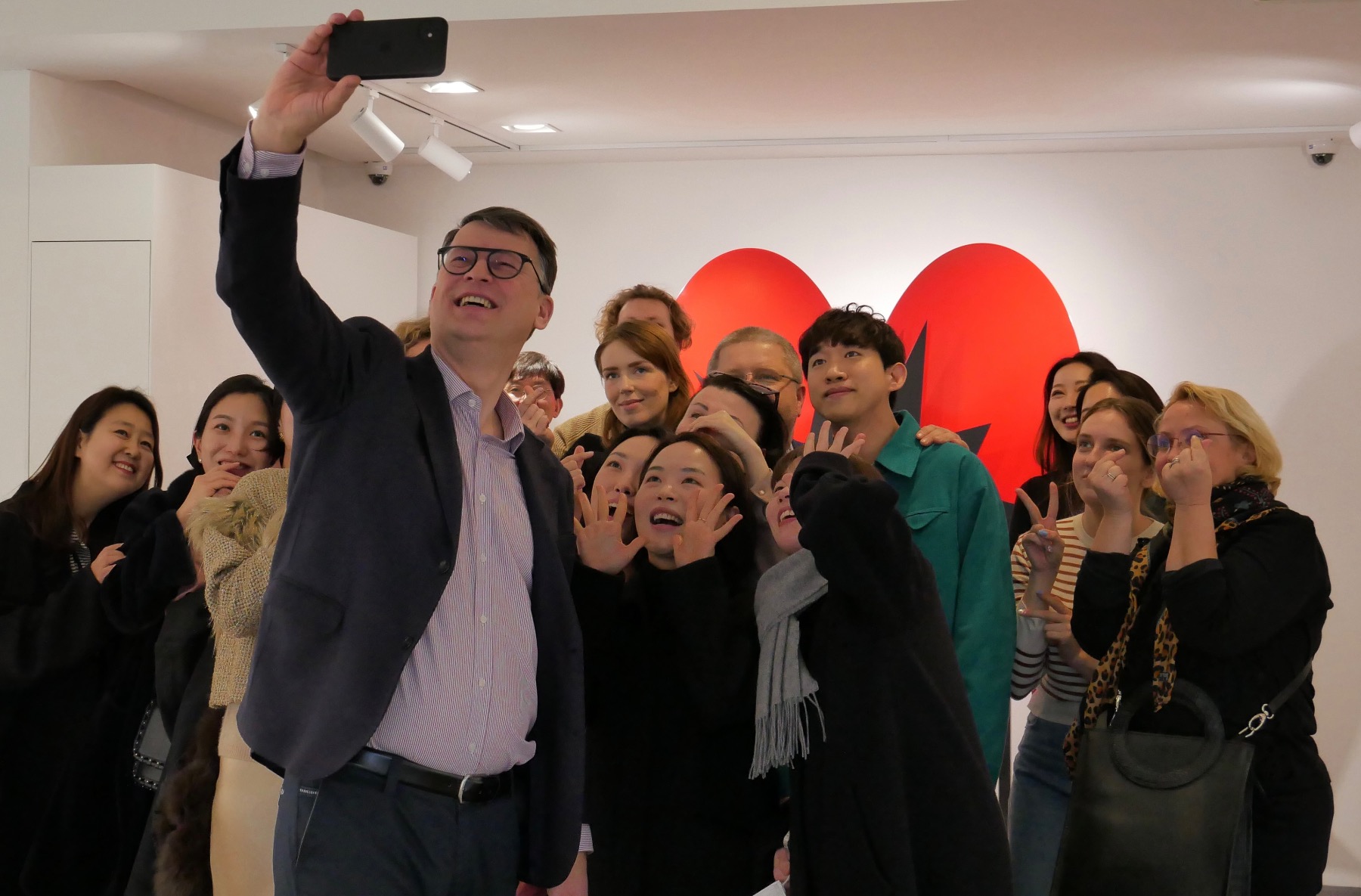
Robertas Narkus Solo Exhibition. 2023.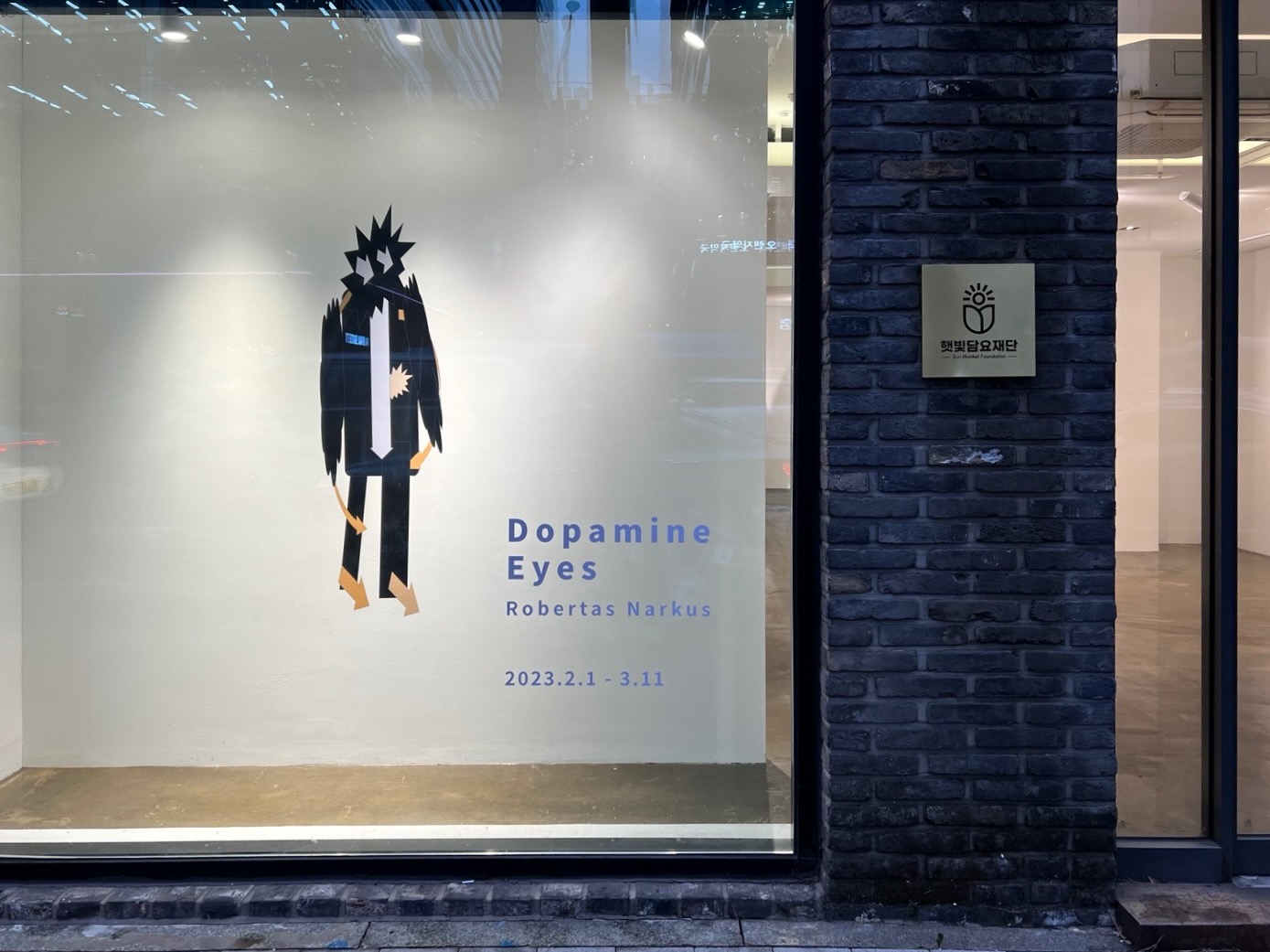
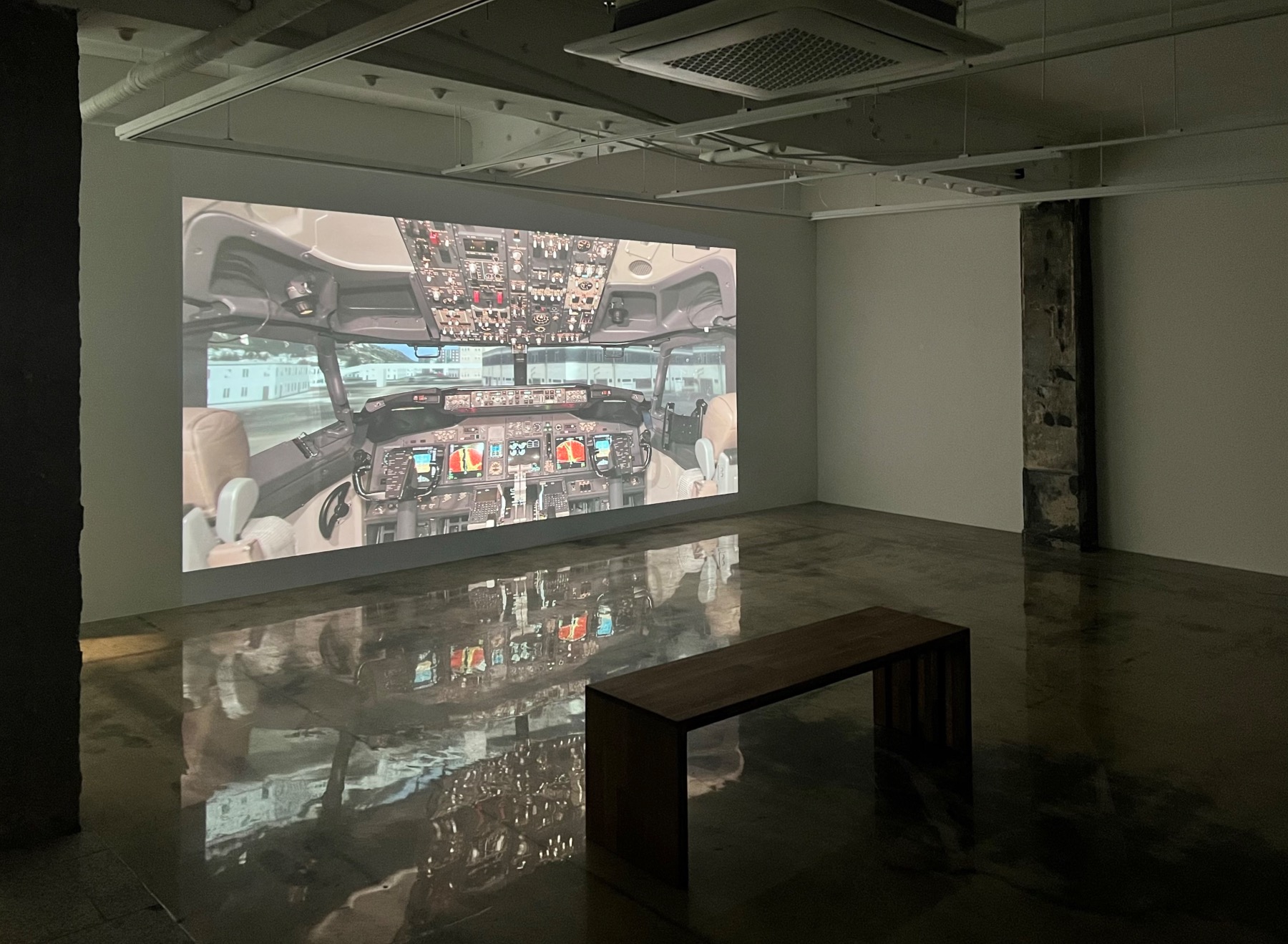


How do you envision the future of global art collaborations, especially between smaller nations and major art markets like South Korea?
With the advancement of digital technology and the internet, geographical barriers are diminishing, and cultural boundaries are breaking down. In this environment, artists from smaller countries will find it easier to connect globally and engage in diverse forms of collaboration.
South Korea already boasts a globally recognized art market, and its cultural and technological advancements have garnered attention worldwide. Looking ahead, South Korea's art market is poised to play a significant role in global art collaborations. Artists from smaller nations can collaborate with South Korea to blend its technological advancements and cultural characteristics, creating new forms of artwork.
This future of global art collaborations aligns well with the contemporary emphasis on diversity and innovation. Therefore, collaborations between artists from smaller countries and major art markets are expected to become more active, combining diverse cultural backgrounds and technological knowledge to lead new art trends forward.
Finally, what advice would you give to emerging artists from Lithuania and Baltics who are looking to break into the South Korean art market?
Entering any new market requires time and perseverance. Continuously improving artistic skills, staying informed about market trends, and seeking opportunities are crucial steps. Patience and perseverance are key to success.
The Korean art market is experiencing rapid changes and challenges with the emergence of new artists, but it also presents rich opportunities for development. Understanding and adapting to these dynamics will help Lithuanian and Baltic artists navigate and thrive in the Korean art market.
New Age of Baltic. Exhibition View. Curated by Taeho Choi and Ugnė Bužinskaitė. 2021.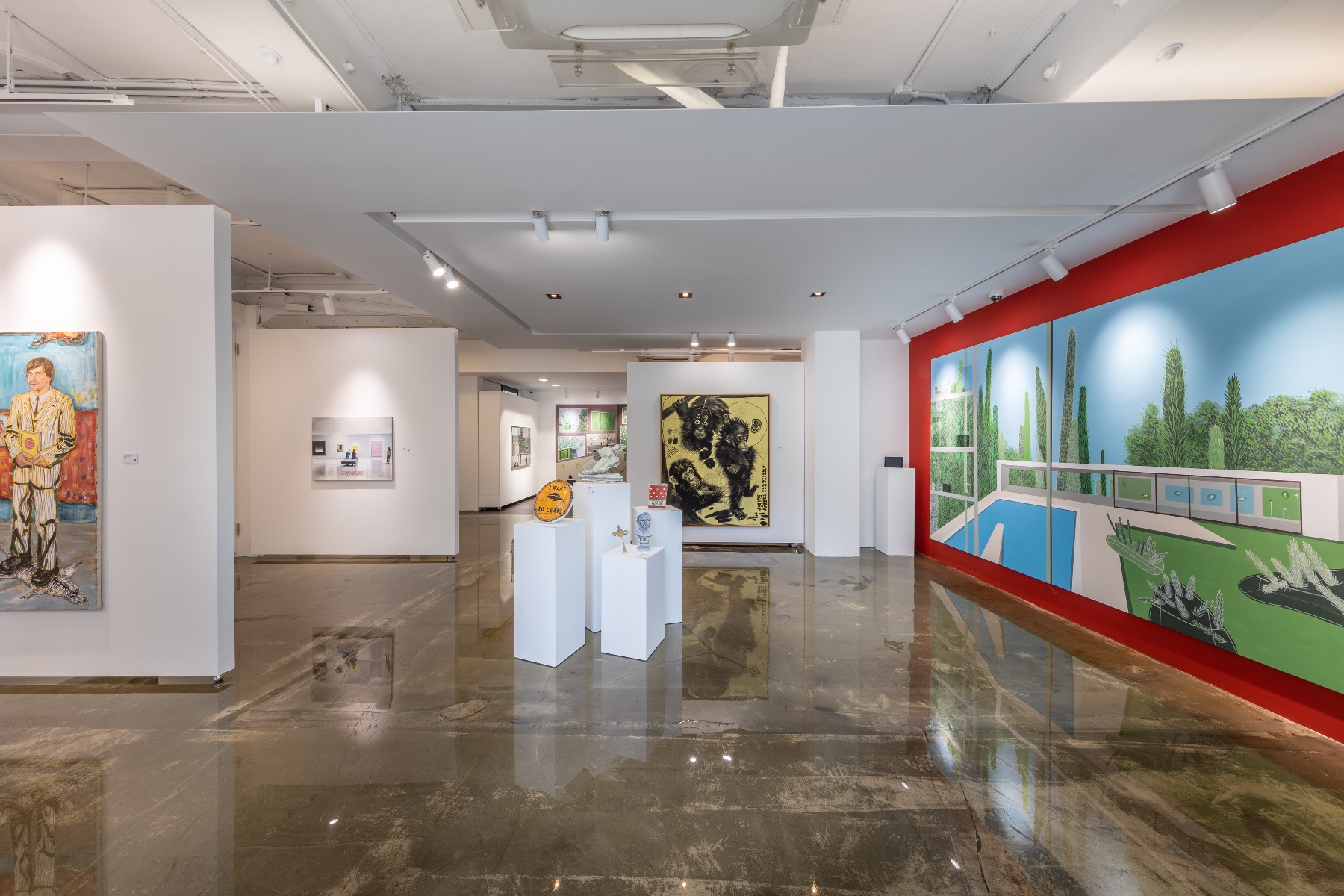
Ugnė Bužinskaitė and Taeho Choi.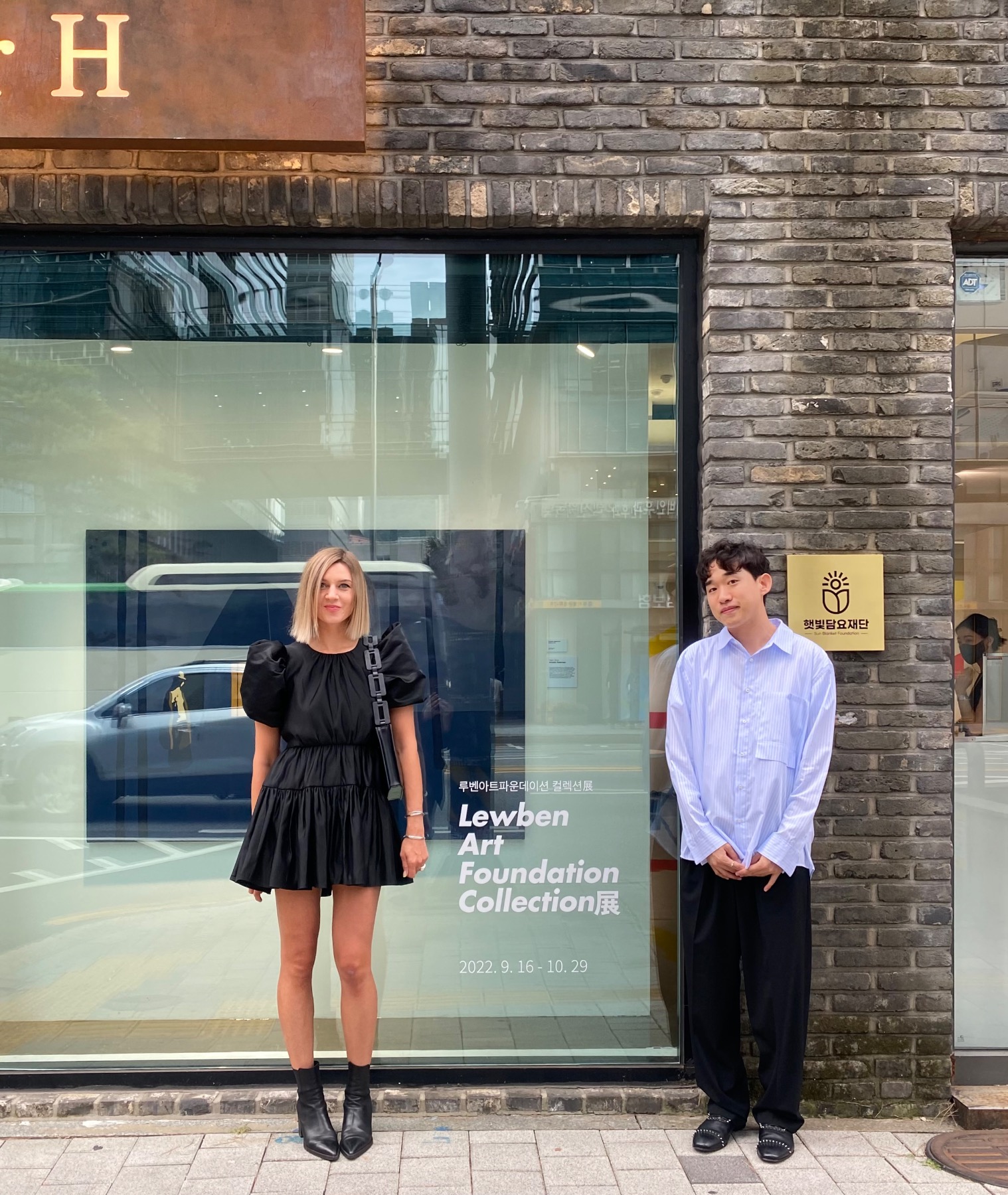
Title image: Taeho Choi with the works of Aurelija Bulaukaite